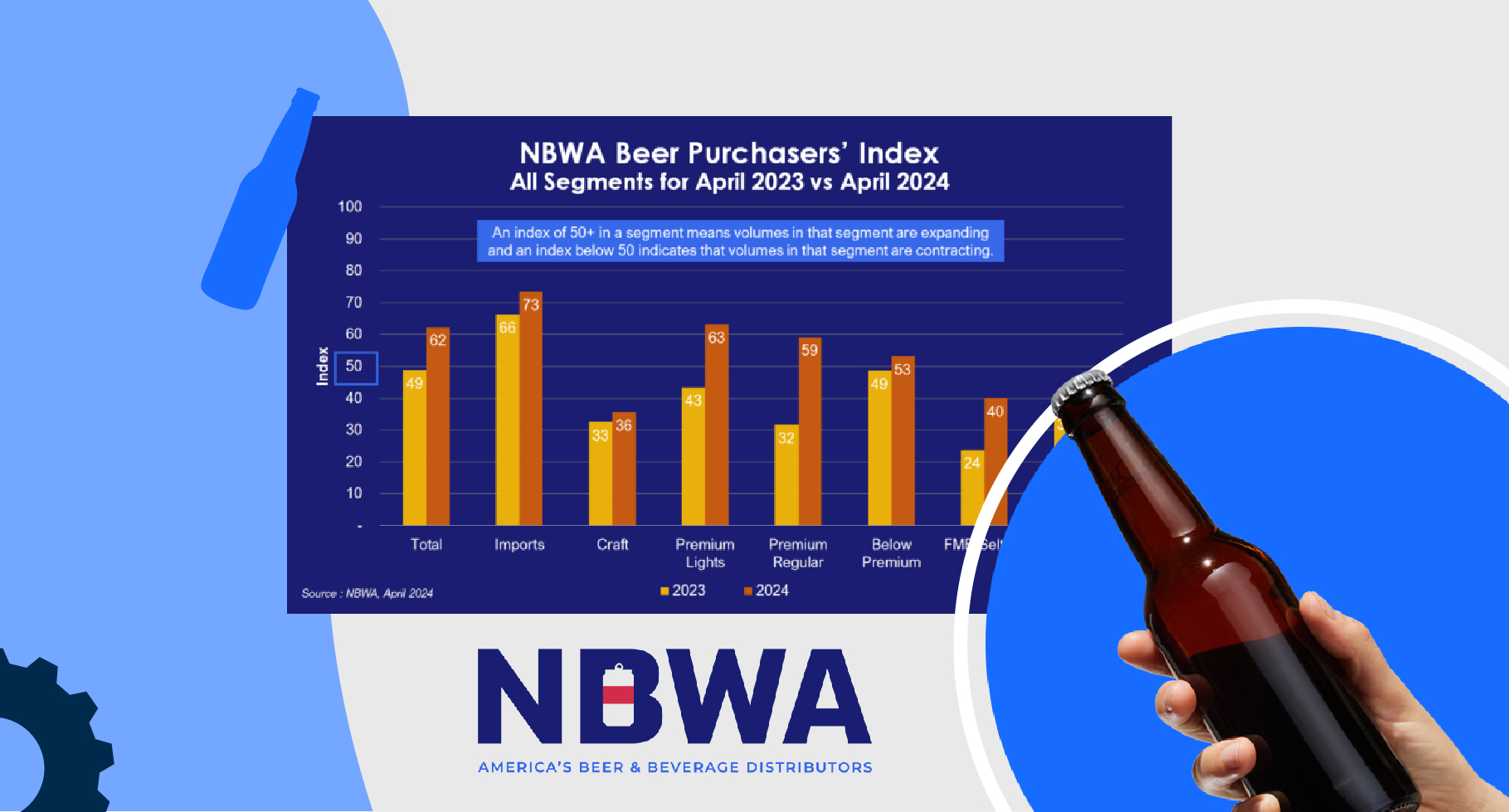There is a shortage of truck drivers affecting the commercial transportation industry, and it is projected to get worse before it gets better. According to a recent study conducted by the American Journal of Transportation (AJOT), over 80,000 drivers are needed to address the current gap. By 2030, that shortage is anticipated to be up to 160,000 drivers.
Trucking serves as the backbone of commercial transportation and is used by many industries throughout the U.S., including the alcohol industry. The shortage was addressed in presentations at the National Beer Wholesalers Association’s recent NextGen Conference, marking the beer industry’s notice of the impending shortage and its impact on distributorships.
And while this truck driver shortage isn’t ideal, the demands of the industries using trucking aren’t slowing down. In this blog, we’ll look at the reasons behind this shortage, how it can be overcome, and how companies can make the lives of their existing trucker workforce easier.
What is Causing the Truck Driver Shortage?
There are multiple reasons outlined by AJOT as to why the number of available truck drivers is down. These include:
High Demand
Simply put, there is too high of a demand for truck drivers up against the lack of drivers available. In the context of alcohol distribution, drivers’ route efficiency is impacted by the volume of stops. This stop-stacking spreads drivers too thin and limits how much product can be delivered in a normal shift.
Retiring Workforce
AJOT says that globally, there are “five times as many older drivers aged 55 years and above as younger drivers.” This means that a large portion of the existing driver base is likely retiring soon, which is part of what leads to that anticipated 160,000+ shortage by 2030.
Low Number of New Drivers Entering the Industry
The interest of younger generations in trucking appears to be low. AJOT says it is likely that factors like working conditions, low pay, and lack of quality health benefits deter younger people from entering the industry. Without new drivers to fill the gap of the above-mentioned retiring workforce, it is much easier to see how that shortage can quickly increase.
How to Overcome the Shortage
There are several things the industry can do as a whole to incentivize new drivers to enter the workforce and address the results of the shortage.
Better Pay
AJOT noted that low wages are a major reason for people leaving the industry. With better pay and financial performance incentives, existing drivers can be retained, and new drivers can be enlisted.
Target Younger Generation
The entire trucking industry can do a better job of targeting younger employees to address the retiring workforce. This can be done by targeting colleges and job fairs and highlighting the incentives available. Educating the public about the importance of the trucking industry and the role of truck drivers in the economy can help improve the image of the profession and attract more people.
Give Drivers Tools to Improve Efficiency
Alcohol distributors can employ tools like Fintech to make their drivers’ lives easier. With Fintech, there is no need to wait at each stop for a check. The driver can be in and out with the delivery, and the invoice is automatically paid through electronic funds transfer (EFT). This reduces the time at each delivery and improves overall route efficiency – which is incredibly helpful amidst a labor shortage.
Distributors can also use Fintech’s E-vite tool to add new retailers to their route with a few clicks. Drivers handle the enrollment process by providing a link to the retailer, and voila! – a new retailer is added to the distributor’s Fintech account. This streamlines the process of distributors adding new retailers so that drivers can continue on their routes.
Safeguarding the Foundation of Alcohol Distribution
Alcohol distributors rely on the trucking industry to get products from Point A to Point B. If this shortage continues to increase, the impacts will be felt across the nation. By improving pay and benefits, employing tools like Fintech to improve efficiency, and educating others about the industry, there is a better chance of stopping the bleeding before the shortage becomes too impactful.





